As the temperatures rise and the sun beats down, your car becomes a hotbox, trapping heat and turning your drive into an uncomfortable experience. But what if there was a way to keep your car cool, even in the scorching heat? Enter heat-resistant ceramic coating, a revolutionary solution that protects your vehicle’s exterior and keeps it more relaxed than ever before.
In this guide, we’ll delve into the world of heat-resistant ceramic coating, exploring how it works, its benefits, and why it’s a game-changer for car enthusiasts and everyday drivers. Whether you’re looking to preserve your car’s paint job, enhance its performance, or enjoy a more comfortable ride, heat-resistant ceramic coating might just be the answer you’ve been searching for. Join us as we uncover the science behind this innovative technology and discover how it can transform your driving experience.
Understanding Heat-Resistant Ceramic Coating
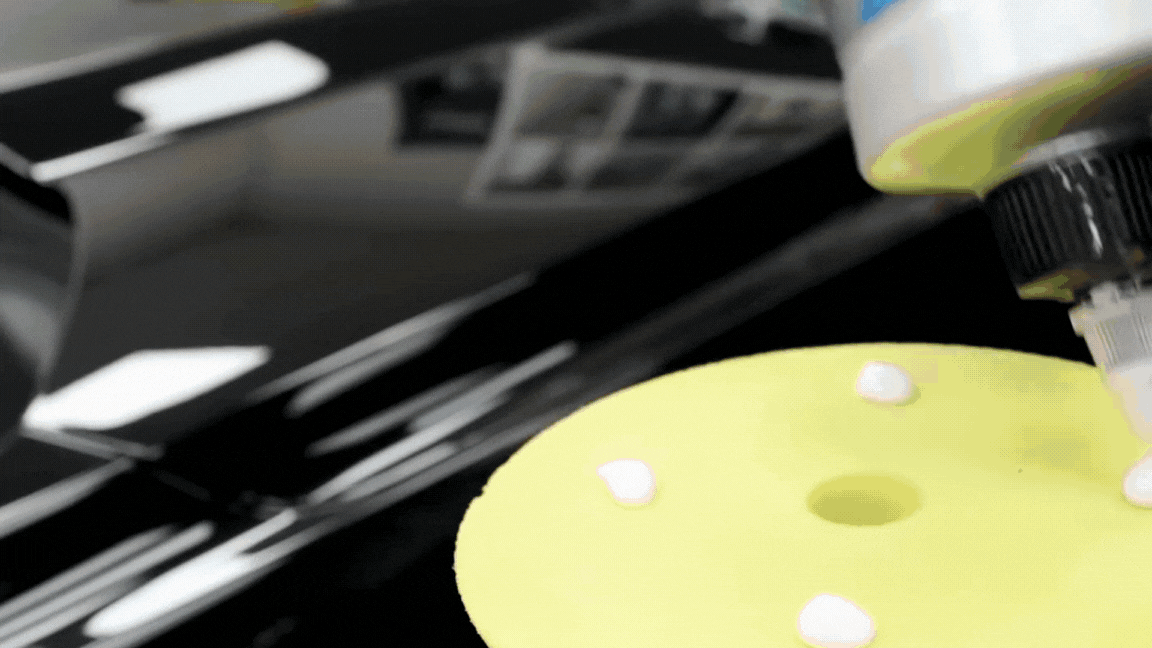 Understanding heat-resistant ceramic coating involves grasping its advanced technology and unique properties. Unlike traditional coatings, which merely provide a superficial layer of protection, heat-resistant ceramic coatings are engineered to withstand extreme temperatures and thermal shocks. This innovative solution utilizes nano-ceramic particles that bond with the surface at a molecular level, forming a durable and heat-resistant barrier.
Understanding heat-resistant ceramic coating involves grasping its advanced technology and unique properties. Unlike traditional coatings, which merely provide a superficial layer of protection, heat-resistant ceramic coatings are engineered to withstand extreme temperatures and thermal shocks. This innovative solution utilizes nano-ceramic particles that bond with the surface at a molecular level, forming a durable and heat-resistant barrier.
By deflecting and dissipating heat, these coatings help maintain lower surface temperatures, protecting the vehicle’s exterior from damage caused by prolonged exposure to sunlight and high temperatures. This technology not only enhances the car’s aesthetic appeal but also contributes to its longevity and value.
Benefits Of Heat-Resistant Ceramic Coating For Cars
The heat-resistant ceramic coating offers several car benefits, making it popular among car owners and enthusiasts. Firstly, it provides superior heat dissipation, reducing the car’s surface temperature and its components. This helps maintain a comfortable interior temperature, especially during hot weather or prolonged sun exposure.
Additionally, the coating acts as a barrier against UV rays and heat damage, preserving the paint and finish of the car. It also enhances the durability of the exterior, protecting it from scratches, stains, and environmental contaminants. Overall, heat-resistant ceramic coating keeps the car looking newer for longer and contributes to its long-term performance and value retention.
How Heat-Resistant Ceramic Coating Works?
Heat-resistant ceramic coating works by utilizing advanced ceramic nanotechnology to create a protective layer on the surface of your car. This coating reduces heat transfer, keeping the car’s exterior cooler in intense sunlight or high-temperature environments. The ceramic particles in the coating form a barrier that reflects and disperses heat, preventing it from penetrating the surface.
This helps maintain a comfortable interior temperature and protects the paint and finish from the damaging effects of prolonged exposure to UV rays and heat. The result is a car that looks better, lasts longer, and provides a more comfortable driving experience, even in hot conditions.
Examples Or Diagrams To Aid Understanding
 Illustrate how heat-resistant ceramic coating forms a protective layer on the car’s surface, reflecting and dissipating heat away from the paint.
Illustrate how heat-resistant ceramic coating forms a protective layer on the car’s surface, reflecting and dissipating heat away from the paint.- Show a comparison between a car with and without heat-resistant ceramic coating, highlighting the temperature differences on the surface.
- Demonstrate the molecular structure of the heat-resistant ceramic coating, explaining how it blocks infrared and UV rays.
- Display a cross-section diagram of a coated car panel, depicting how the coating absorbs and disperses heat to prevent it from reaching the interior.
Advantages Of Using Heat-Resistant Ceramic Coating
The heat-resistant ceramic coating offers several advantages for car owners. Firstly, it significantly improves heat dissipation from the car’s exterior, reducing the buildup of heat that can lead to discomfort for passengers and damage to the vehicle’s paint and components.
Additionally, this coating effectively protects against harmful UV rays, which can cause fading and deterioration of the paint over time. The durable nature of heat-resistant ceramic coating also enhances the longevity of the car’s exterior, ensuring that it retains its sleek appearance for extended periods. Overall, the use of heat-resistant ceramic coating not only keeps your car cooler but also helps maintain its aesthetic appeal and structural integrity.
Application Process
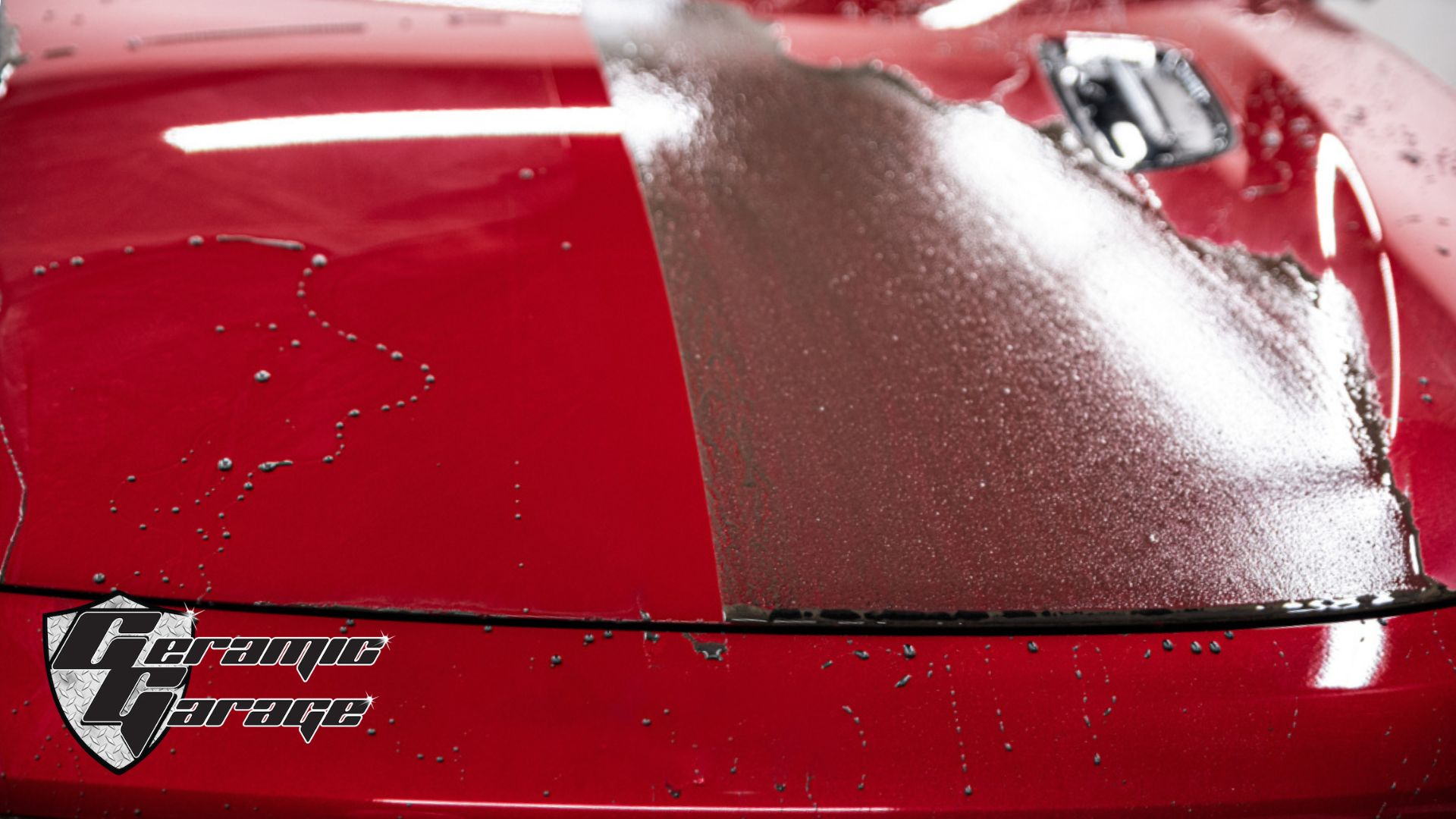 The application process of heat-resistant ceramic coating is crucial for achieving optimal results in keeping your car cool and protected. Before applying the coating, cleaning and preparing the surface is essential to ensure proper adhesion. This involves washing the car to remove dirt, grease, and other contaminants, followed by a meticulous drying process.
The application process of heat-resistant ceramic coating is crucial for achieving optimal results in keeping your car cool and protected. Before applying the coating, cleaning and preparing the surface is essential to ensure proper adhesion. This involves washing the car to remove dirt, grease, and other contaminants, followed by a meticulous drying process.
Once the surface is clean and dry, the ceramic coating is carefully applied using specialized tools and techniques. Following the manufacturer’s instructions regarding the application method, drying times, and curing processes is essential. Proper application ensures uniform coverage and a solid bond to the car’s surface, providing long-lasting protection against heat and UV rays.
Step-by-Step Guide To Applying Heat-Resistant Ceramic Coating
- Preparation: Thoroughly wash and dry the car to remove any dirt or contaminants. Use a clay bar to ensure the surface is smooth, and apply a surface cleaner to eliminate any remaining residue.
- Masking and Taping: Mask off areas like rubber trim, plastic, and windows using high-quality painter’s tape to avoid overspray and ensure clean edges.
- Primer Application (Optional): If the ceramic coating kit includes a primer, apply it as directed by the manufacturer to enhance bonding.
- Ceramic Coating Application: Apply a small amount of ceramic coating to an applicator pad, working in small sections for a thin, even layer.
- Buffing and Leveling: Buff the surface gently with a microfiber towel to smooth out any streaks or high spots before the coating dries.
- Curing and Final Inspection: Allow the coating to cure for 24-48 hours and inspect the car under proper lighting to ensure an even finish.
- Post-Application Care: Avoid washing or exposing the car to harsh conditions for a few days to let the coating fully cure, and follow maintenance guidelines for long-term care.
Remember always to follow the specific instructions provided by your heat-resistant ceramic coating product manufacturer for the best results.
Tips For Achieving The Best Results
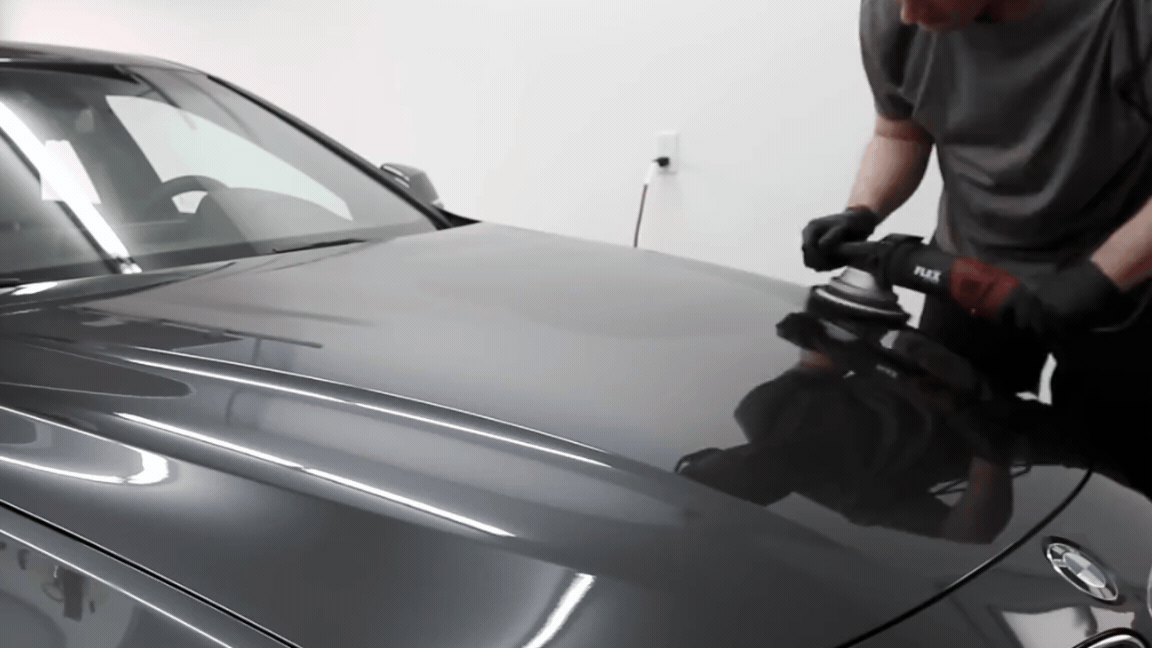
- Clean Thoroughly: Remove dirt and contaminants from the car’s surface before applying the coating.
- Prep Correctly: Ensure the surface is waxed or sealant-free for proper adhesion.
- Use Quality Tools: Apply the coating with high-quality applicators to avoid scratches.
- Controlled Environment: Apply in a shaded area with moderate temperature and low humidity.
- Follow Instructions: Read and follow the manufacturer’s instructions for application.
- Allow Proper Curing: Let the coating cure for the recommended time without exposure to water or contaminants.
Maintenance and Care
Maintenance and care are essential for preserving the effectiveness of heat-resistant ceramic coating on your car. Regular cleaning with a gentle car wash soap is crucial to remove dirt, dust, and contaminants that can diminish its heat-reflective properties. Avoid harsh chemicals or abrasive cleaning tools that could damage the coating. 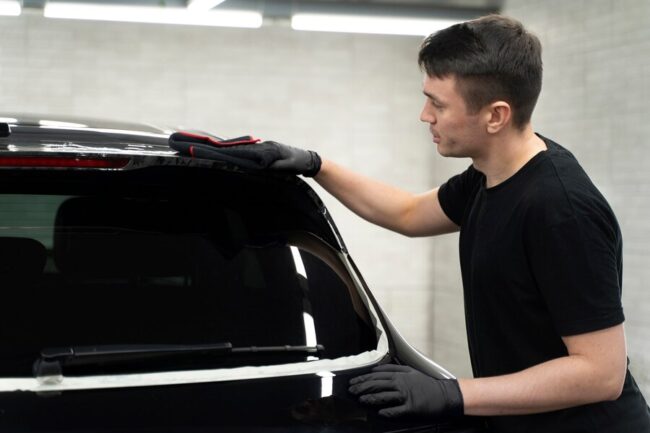
- Regular Washing: Use gentle car wash soap and a microfiber cloth to remove dirt regularly.
- Avoid Harsh Chemicals: Use mild cleaners for coated surfaces and avoid abrasive or acidic cleaners.
- Gentle Washing Technique: Use a soft sponge or mitt and rinse thoroughly with clean water.
- Drying: Dry the surface with a soft, clean microfiber towel or a blower to prevent water spots.
- Regular Inspection: Regularly check for wear, damage, or contamination and promptly address issues.
- Professional Maintenance: Consider professional services for reapplication or touch-ups, especially in high-wear areas.
Conclusion
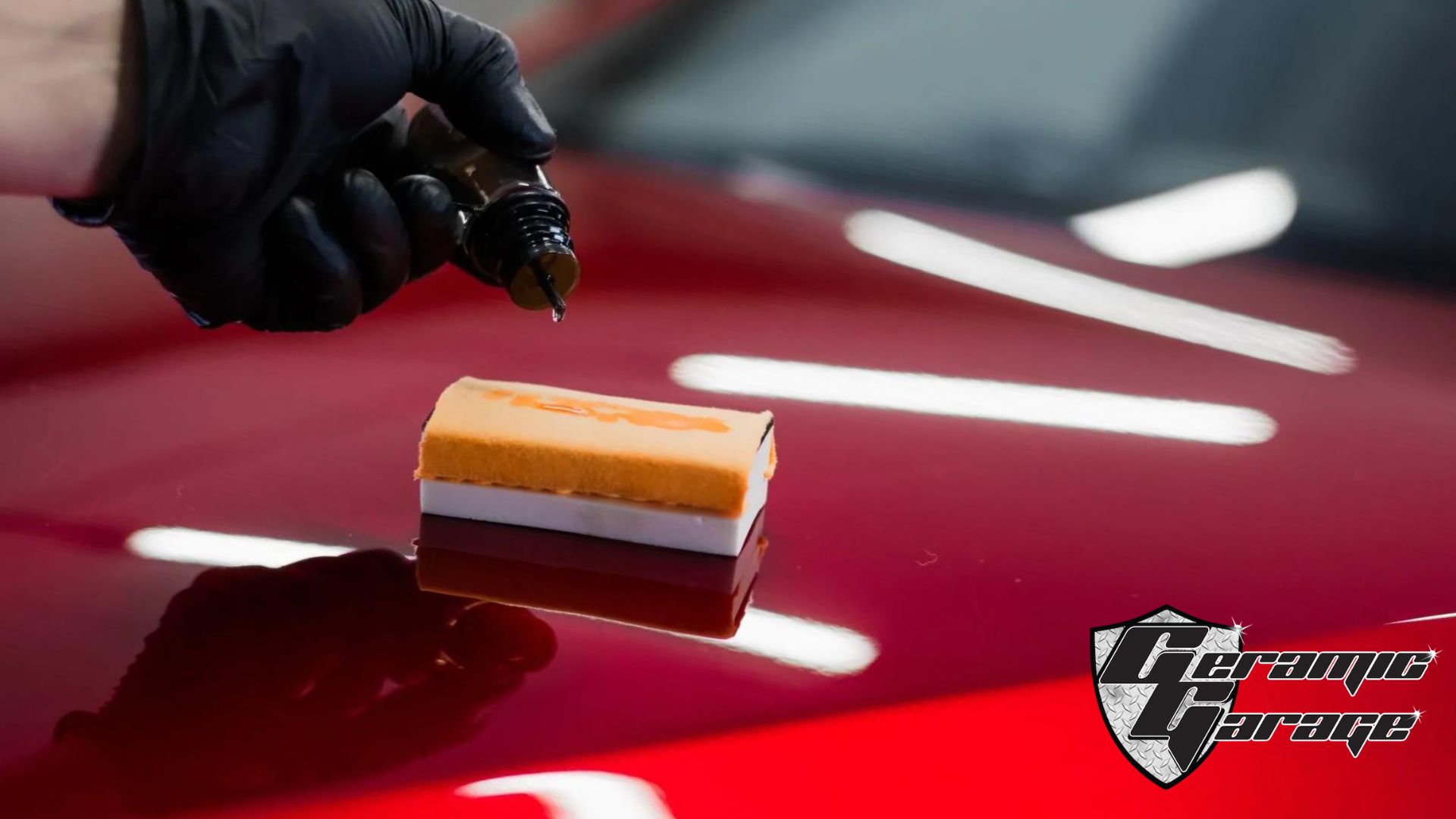 Heat-resistant ceramic coating is a game-changer for car owners looking to maintain a relaxed and comfortable interior, especially during hot summer months. Applying this advanced coating to your vehicle’s windows can significantly reduce heat buildup, UV exposure, and infrared radiation, protecting your car’s interior and enhancing your driving experience.
Heat-resistant ceramic coating is a game-changer for car owners looking to maintain a relaxed and comfortable interior, especially during hot summer months. Applying this advanced coating to your vehicle’s windows can significantly reduce heat buildup, UV exposure, and infrared radiation, protecting your car’s interior and enhancing your driving experience.
With its ability to withstand high temperatures and its durability, heat-resistant ceramic coating is a wise investment for anyone seeking to preserve their car’s aesthetics and functionality. Embrace this innovative solution to enjoy a cooler, more enjoyable ride while safeguarding your vehicle against the damaging effects of heat.



